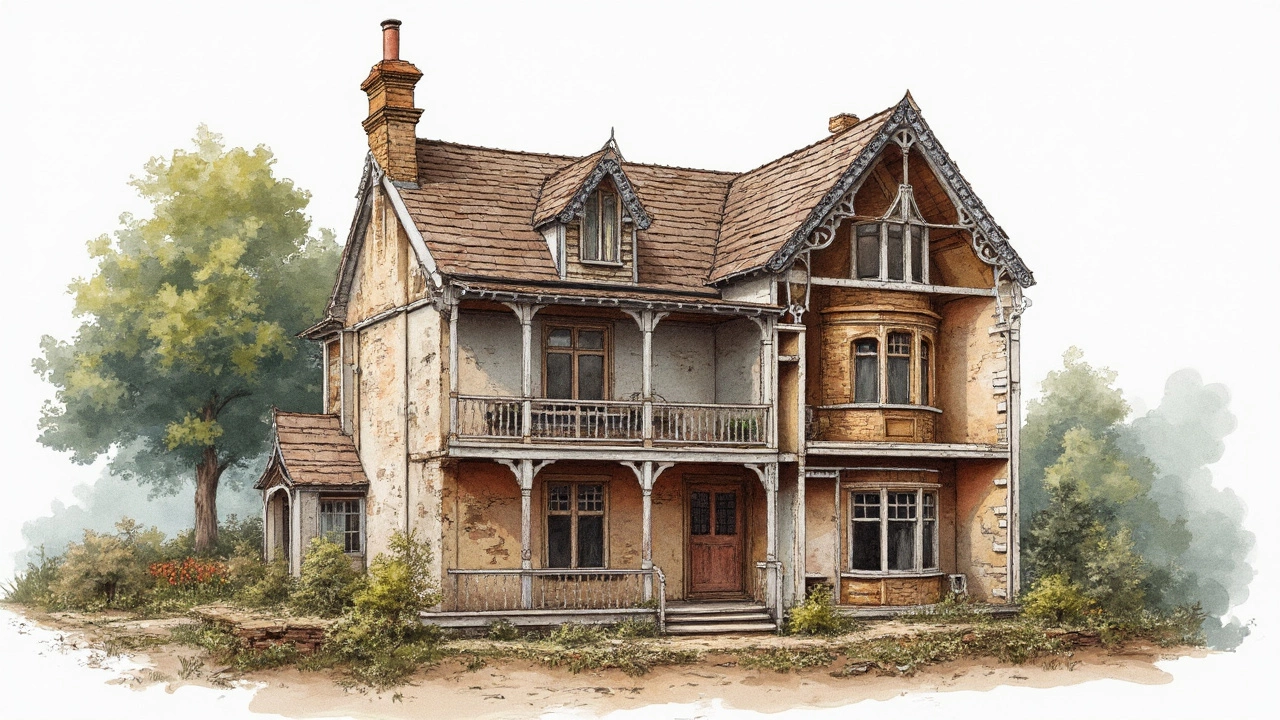Maintenance Tips You Can Use Right Now
Keeping a house in good shape feels like a full‑time job, but you don’t need a toolbox the size of a garage. With a few regular checks and simple fixes, you can stop small problems from becoming pricey repairs. Below are the most useful tips for any UK homeowner, whether you own a conservatory, a garden room, or a standard family home.
Seasonal Checks That Save Money
Each season brings its own set of worries. In spring, clear gutters, check roof tiles, and look for any cracks in your conservatory glazing. Summer heat can cause wooden frames to expand; tighten any loose bolts and reseal joints to avoid water leaks later. Autumn is the time to protect against damp – inspect external walls for rising damp and make sure ventilation fans work properly. Winter brings frozen pipes, so let a slow trickle of water run through taps during prolonged freezes and insulate exposed pipework.
Don’t forget the boiler. An annual service from a qualified engineer keeps it running efficiently and cuts fuel bills. While you’re at it, bleed radiators and check the pressure gauge. If the pressure is low, top it up according to the manufacturer’s guide – it’s a quick fix that prevents costly breakdowns.
Common DIY Fixes That Extend Life
Most homeowners can handle basic repairs without calling a professional. A cracked tile? Use a ready‑mix epoxy to fill the gap and smooth it with a putty knife. For a squeaky floorboard, locate the nail or screw, pull it up a millimetre, and add a bit of wood filler before re‑driving it. When you spot a small gap in your conservatory frame, apply a weather‑proof sealant; it stops drafts and protects the structure from moisture.
Paint touch‑ups are another easy win. Clean the surface, sand lightly, then use a high‑quality exterior paint that resists UV fading. This not only improves curb appeal but also shields the underlying material from the damp British climate.
Finally, keep an eye on your garden room’s foundation. Even a tiny settlement crack can widen over time. Measure the crack with a ruler – if it’s over 2 mm, consider a professional inspection. Smaller cracks can often be filled with flexible filler and painted over, buying you months of extra safety.
By setting a calendar reminder for each of these tasks, you’ll spend a few minutes a month rather than a full day fixing emergencies. Little effort now means peace of mind later, and your home will stay comfortable and safe for years to come.

